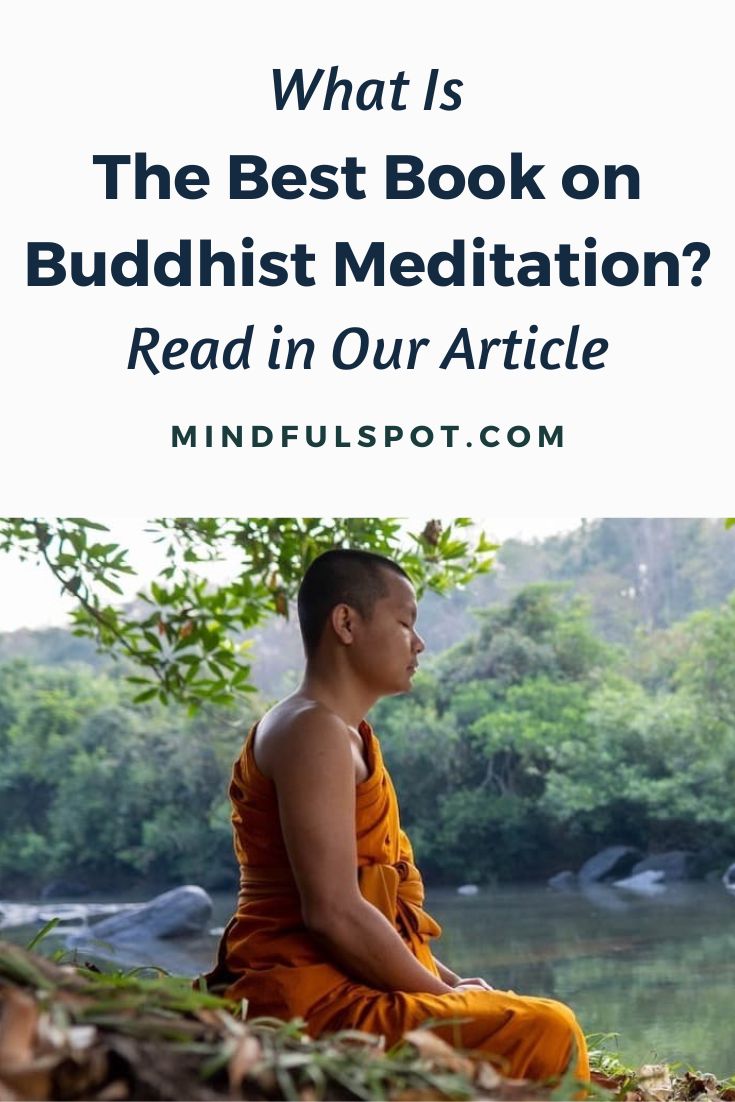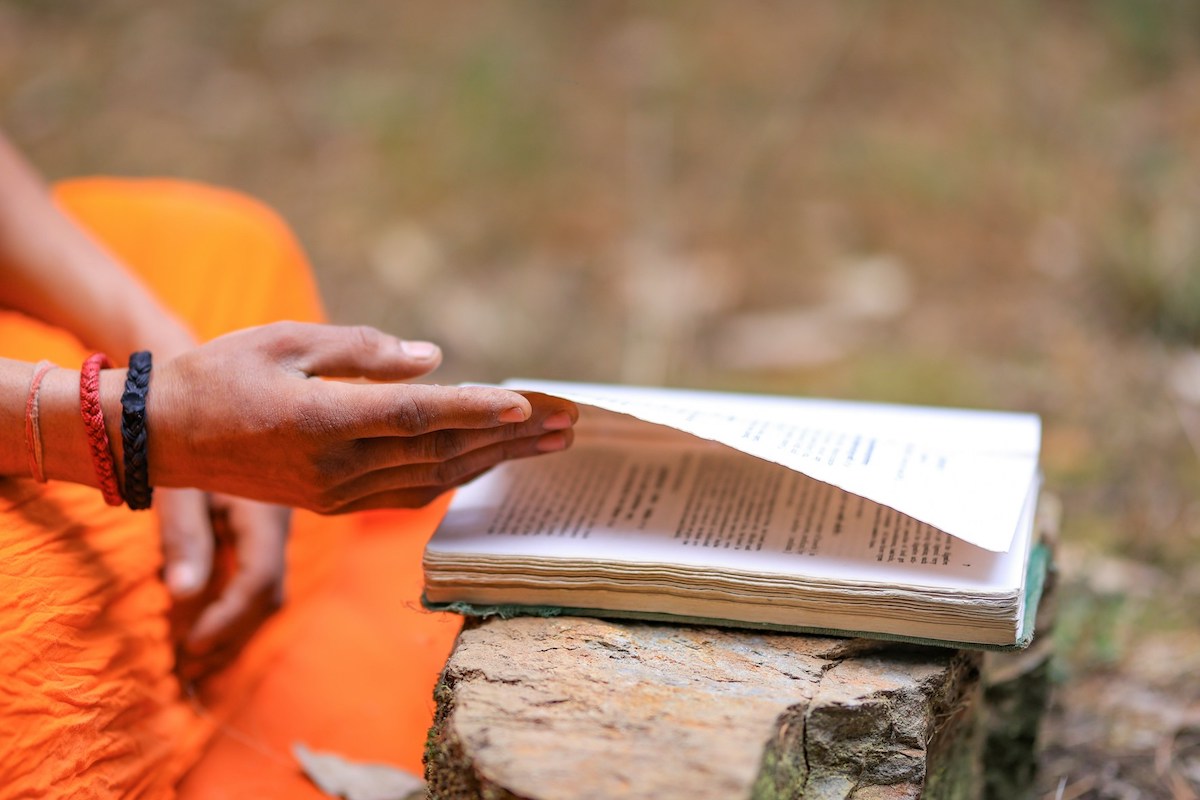What is the best book on Buddhist mindfulness meditation?
As several titles were published on the subject, I recommend those written by Bhikkhu Analayo, one of the most respected scholar-monks of our time.
His research into mindfulness meditation, or satipatthana, covers both theoretical and practical aspects of this ancient practice, making it an invaluable resource for experienced meditators and beginners.
1.1. Satipatthana: The Direct Path to Realization
Satipatthana, also known as the Discourse on the Four Foundations of Mindfulness, is one of the most detailed instructions on how to practice mindfulness meditation.

FREE Self-Test: How Spiritual Are You?
Ven. Bhikkhu Analayo has produced a very thorough study of this sutra, offering us a complete overview of four meditation objects: body, feelings, mind, and dhammas.
As a scholar-monk, he’s not trying to establish the validity of only one meditation system; rather, his aim is to explore the ancient text as a multi-faceted source of guidance that offers alternative interpretations and approaches to our daily practice.
The author writes:
As a mental quality, [mindfulness] represents the deliberate cultivation and a qualitative improvement of the receptive awareness that characterizes the initial stages of the perceptual process. Important aspects of [mindfulness] are bare and equanimous receptivity, combined with an alert, broad, and open state of mind. One of the central tasks of [mindfulness] is the de-automatization of habitual reactions and perceptual evaluations. [Mindfulness] thereby leads to a progressive restructuring of perceptual appraisal, and culminates in an undistorted vision of reality “as it is.” … Within the context of satipatthana, [mindfulness] can range from the coarsest activities, such as defecation and urination, all the way up to the most sublime and exalted state, when [mindfulness] is present as a mental factor during the breakthrough to Nirvana.
1.2. Satipatthana Meditation: A Practice Guide
In the introduction, Analayo writes that the first book, Satipatthana: The Direct Path to Realization, can be compared to the foundation of the house.
Satipatthana: A Practice Guide, in turn, can be compared to the roof of the house — its pinnacle. It’s dedicated to the actual practice of mindfulness meditation, emerging from the study of relevant material in the first book.
Furthermore, this practice guide can be used as a course that can be completed in seven weeks. It also comes with free guided meditations available for download on the publisher’s website through this link.
The author writes:
With a bit of mindful observation, we can in fact easily notice how spacious and allowing the mind can be when we are open to differences and variety, and how narrow and cramped the mind can become when we are self-righteous and judgmental. Becoming aware of this difference can serve as a good signpost for noticing when the mind shifts from open-mindedness to closing down.
About the book’s author: Ven. Bhikkhu Analayo was born in 1962 in Germany, was ordained in 1995 in Sri Lanka, and completed his PhD on satipatthana at the University of Peradeniya in 2000. At present, he is mainly engaged in the practice of meditation, and among other things contributes to the Encyclopaedia of Buddhism. He has authored several books on Buddhist practice, including Satipatthana and Compassion and Emptiness in Early Buddhist Meditation.
Complement with our articles on mindfulness books by Thich Nhat Hanh and mindfulness books by Jon Kabat-Zinn and then revisit Bhikkhu Analayo on the relationship between mindfulness and satipatthana.

FREE mindfulness resources for stress relief

I’m a freelance writer and mindfulness advocate behind this blog. I started my meditation practice in 2014, and in 2017 I launched this website to share what I learn with others. Here are the three things you can do here:
1. Schedule a free consult if you want to learn Buddhist meditation.
2. Download free mindfulness resources for stress relief
3. Join Patreon for exclusive content and community meetings.








